Snowshoes: One size does not fit all
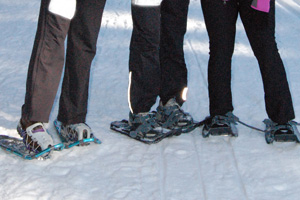
(So get the right size for your use!)
By Kelly Ault
Snowshoes are no exception in the gender-specific designs that meet the distinct biomechanical needs of men, women and kids. From the specific frame geometry and bindings orientation to graphics and aesthetics, snowshoe enthusiasts can land a custom fit.
For women, a narrower nose improves maneuverability and “step-in” padded bindings make for a comfortable entry and quick exit. Kids’ snowshoes, too, are abundant with convenient design features, such as adjustable footbeds that can expand with the child’s foot size and fuss-free strapping.
Type of snow
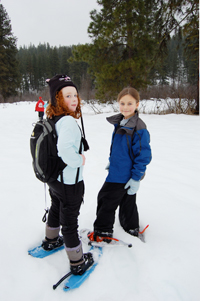
There are snowshoe sizes and types for the whole family – even for independent 9-year-old types. Photo by Carolyn Price
Envisioning the type of snow that will most likely be underfoot will guide the appropriate style and size of snowshoe.
Heavy, wet or icy snow conditions, often experienced in the Northwest, call for smaller snowshoes with grip-enhancing crampons. Lighter, drier snow or fresh powder, necessitates a larger snowshoe with greater flotation. A smaller snowshoe will suffice on firmer conditions, such as those found on a rolling, packed trail or for kids traversing front-yard snowbanks.
Footwear
Depending on the type of snowshoeing activity and snow conditions, you have a choice of footwear. The casual hiker and walker might prefer insulated or rubber boots, while athletes would find running shoes made of a waterproof material more comfortable on packed snow trails.
In powder or wet snow, waterproof hiking shoes or boots are recommended and for backcountry sojourns, waterproof, insulated hiking boots will ensure a safe and comfortable experience. You may also want to wear waterproof nylon gaiters to prevent snow from entering the tops of your boots.
Poles
Many snowshoers use poles to improve balance, reduce bodily stress or to stimulate an upper-body workout. Although snowshoers use alpine, cross country, or backcountry ski poles, made from fiberglass, aluminum, or graphite, increasingly snowshoers are appreciating the adjustability and lightweight nature of backcountry poles.
Courtesy of SnowSports Industries America (SIA) and Snowlink.com.

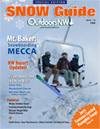
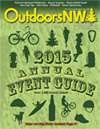
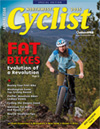
Tom Schmitt, 2 years ago
Excellent article. There are also the more technical aspects of snowshoeing that also require a specific shape of snowshoe, such as snowshoes for runners, and for backcountry excursions. An excellent resource for determining what kind of snowshoe to purchase based on activity, snow, and your total weight with gear can be found at http://www.redfeather.com/choices.html.
Hilary Meyerson, 2 years ago
Tom, thanks for the link! We’re always looking for new outdoor resources. And snowshoeing is one of our fave winter activities. Look for more snowshoe coverage in our Northwest Snow Sports issue! P.S.: Redfeather Snowshoes are rad. -editor, HM